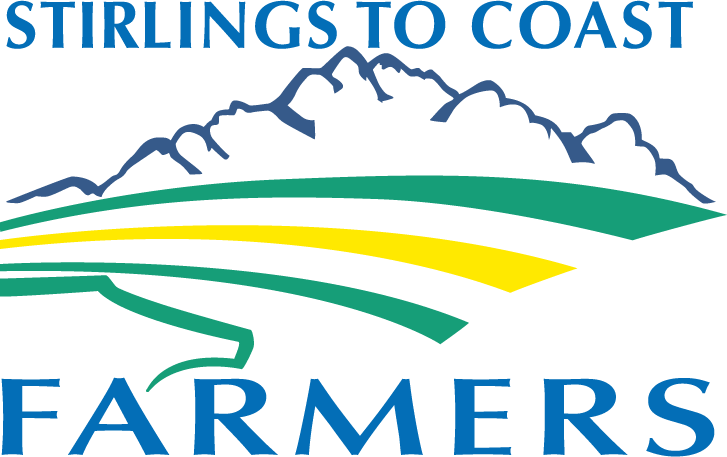Closing the economic yield gap for grain legumes in Western Australia
The Larger project
This comprehensive project will combine extension, trials, technical and economic analysis to support growers to access the benefits of legumes in crop rotations moving forward.
Established as a project with investment by the GRDC, GGA will collaborate with government, agribusiness, researchers, grower groups and growers to address the low adoption of grain legumes in WA farming systems.
Origins of the project stem from GRDC analysis indicating farmers are aware of the benefits of legumes in crop rotations but concerns around pulse reliability, profitability and lack of confidence in their consistent production are causing barriers to integration. Consequently, Western Australian farmers have been slow to exploit the recent advances in grain legume genetics, acid-tolerant rhizobia, management strategies, weed and disease protection products.
Combatting this situation requires an extensive technical and extension program to change grower sentiment, driving new capabilities into profitable cropping systems. The project will see collaboration between government, agribusiness, researchers and end-users to address the current poor rate of adoption of grain legumes in WA farming systems.
Trial site locations across the state
key messages from the scf trials
In a wet year, sowing legumes earlier is likely to be more profitable.
Higher legume yields may be achieved with narrow row (25mm) spacing, compared to a wide row spacing (50mm).
PBA Bendoc faba beans can significantly outyield PBA Amberley faba beans.
The improved disease rating in PBA Amberley may not decrease disease loading in a high-pressure environment or translate to yield improvement (in comparison with PBA Bendoc).
PBA Bendoc faba beans yielded higher than lupins when sown in April but lupins outyielded both varieties of faba beans at a later time of sowing (June).
Faba bean seeding rates as low as 120 kg/ha can still result in more than 20 plants/m2 (20-25 recommended) and do not impact on grain yield compared to a higher seeding rate (180 kg/ha).
A major limitation to growing pulses in this region is the detrimental impact of soil acidity on legume nodulation.
A new rhizobium strain has been developed in South Australia that has increased tolerance to soil acidity. A demonstration trial has been set up in Frankland to compare the nodulation and productivity of faba beans grown in acidic soil using the new acid tolerant inoculant with faba beans grown using the standard Group E/F inoculant.
SCF Project Background
Faba beans are the preferred pulse crop in the Frankland River/Tenterden region because they have the greatest waterlogging tolerance. Many growers are replacing lupin hectares with faba beans because they are more profitable. Lupins were added to the trial design to allow SCF to compare the productivity and profitability of the two pulse crops in the trial.
Faba beans require more protection from disease than any other common broad-acre crops grown in Western Australia (WA). In 2021, local Frankland farmers recorded up to five different fungicide applications during the season to protect faba beans from chocolate spot, Botrytis fabae. Local growers and advisors wanted to know if sowing later lowers the disease pressure and reduces the number of fungicide applications.
The small plot trial looked at the interaction between row spacing, disease levels and sowing times. The wider the row, the lower humidity is, which means the causal agent of Chocolate Spot (Botrytis fabae) is less likely to infect faba bean plants successfully. However, most growers have 25-30cm row spacings in WA to suit other crops (wheat, barley and canola) and need considerable motivation to sow faba beans with wider spacings. A small number of WA growers have separate seeders to plant faba beans at wider spacings, but it is not common practice.
Conclusions
At the beginning of 2022 the trial location experienced a wet, slow start to the growing season. This particularly impacted on the TOS2 treatment which struggled to get going and was therefore affected more by waterlogging, yielding much less overall than TOS1. This indicates that an earlier time of sowing for legumes, particularly in a wet year, is likely to be more profitable.
Narrow row spaced treatments yielded better than the wide row spaced treatments and PBA Bendoc yielded better than the PBA Amberley. Both results were somewhat surprising and warrant further investigation.
2023 - Testing the performance of a new acid tolerant rhizobia inoculant in the field
A current limitation to growing faba beans is the detrimental impact of soil acidity on nodulation. Research shows that when commercial inoculants for faba beans are used, nodulation decreases rapidly below pH 6 to almost negligible at pH 4. A rhizobium strain has been developed by SARDI that has increased tolerance to soil acidity. This strain is likely to be commercially available in 2024.
This trial aims to compare the nodulation and productivity of faba beans grown in acidic soil (pH 4.8) using the new acid tolerant inoculant (SARDI) for faba beans, standard group E/F inoculant at a single rate and this inoculant at a double rate. In addition, the productivity of the faba beans in the demonstration will be compared to a surrounding paddock of lupins.
Keeping up to date with the larger project
ACKNOWLEDGEMENT
This project is led by the Grower Group Alliance with investment from GRDC.




